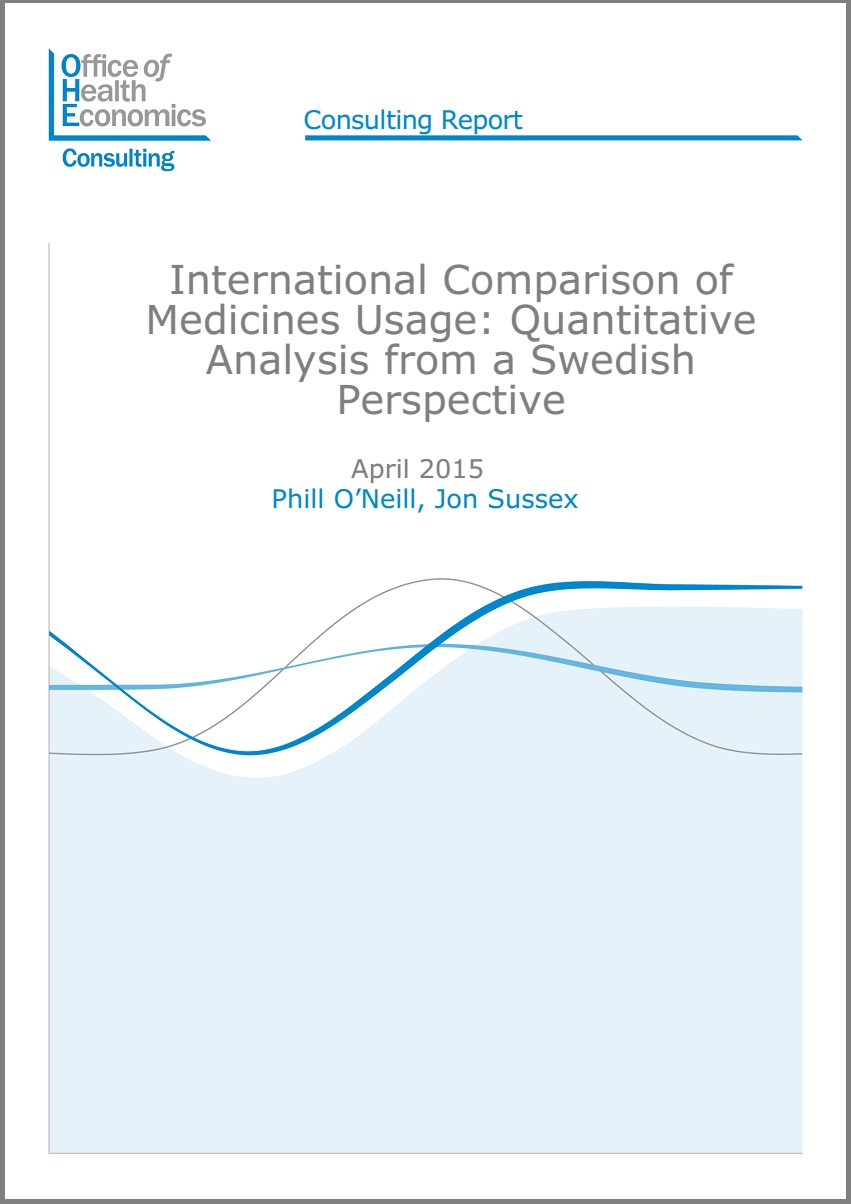Sign up to our newsletter Subscribe
Analysing Global Immunisation Expenditure

The OHE undertook an analysis of the uptake of medicines in 13 high income countries. The UK perspective on this was published in November 2014 by the ABPI. OHE has been commissioned by LIF, the trade association of the pharmaceutical industry in Sweden, to reanalyse the international comparison of medicines uptake from the Swedish perspective; and the results are available here and on LIF’s website.
The OHE undertook an analysis of the uptake of medicines in 13 high income countries. The UK perspective on this was published in November 2014 by the ABPI and is available here. OHE has been commissioned by LIF, the trade association of the pharmaceutical industry in Sweden, to reanalyse the international comparison of medicines uptake from the Swedish perspective; and the results are published here and on LIF’s website.
In summary, the picture of Swedish usage is mixed across the different classes of medicines. In a majority of classes usage is below the two international averages. But while, for example, usage of cardiovascular medicines is low by international standards, use of cancer medicines in Sweden is close to or above the international level.
International Comparison of Medicines Usage: Quantitative Analysis from a Swedish Perspective
